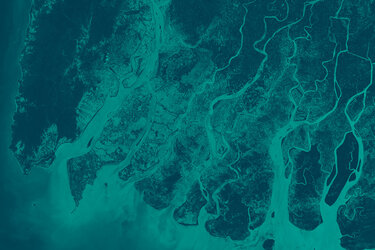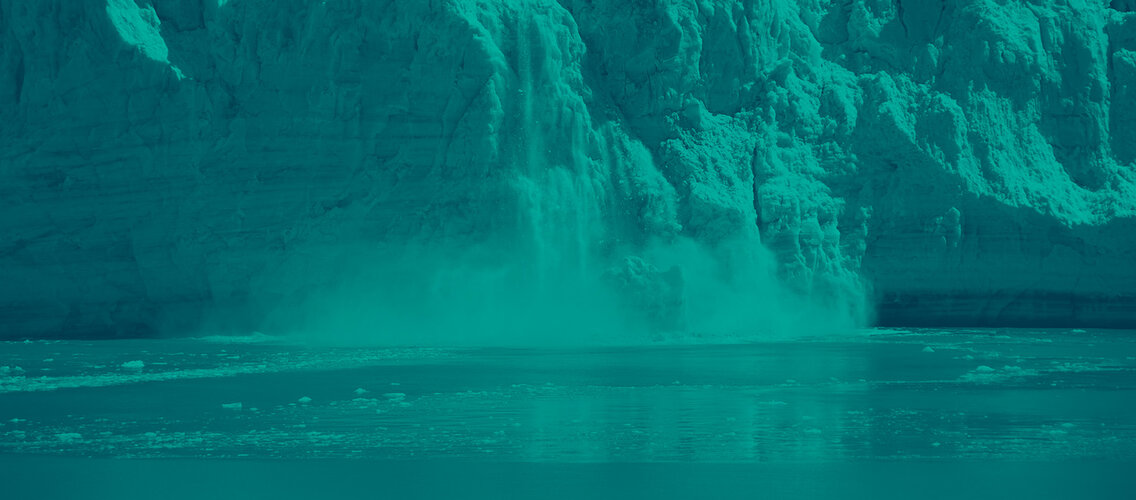Ice sheets
As global temperatures increase, the melting of the massive ice sheets that blanket Antarctica and Greenland has accelerated, making a significant contribution to sea-level rise.
Before 2000, indications were that these two ice sheets were generally stable, at least in their interiors. However, it is now known that the ice caps are melting at their base, caused by warming oceans.
Between 1992 and 2012, the melting of the Antarctic and Greenland ice sheets added 11.1 mm to global sea levels – that’s 20% of all sea-level rise during that period.

According to a 2014 study by scientists from the UK’s Centre for Polar Observation and Modelling, the Antarctic ice sheet is now losing 159 billion tonnes of ice each year. CryoSat observations show that between 2010 and 2013, West Antarctica, East Antarctica and the Antarctic Peninsula lost 134, 3 and 23 billion tonnes of ice each year, respectively.
These recently measured losses from Antarctica alone are enough to raise global sea levels by 0.45 mm each year.
The improvement in resolution of the CryoSat radar over that of its pulse-limited predecessors, coupled with its interferometric capability, has made spatially and temporally continuous measurements of the ice-sheet margins and smaller ice masses possible for the first time. Observations from CryoSat are leading to a much better understanding of how these massive ice sheets are responding to a changing climate.

One of CryoSat’s interesting results provided evidence of a huge flood under the Antarctic ice sheet. New measurements combined with older data from NASA’s ICESat were used to map a large crater that formed as the overlying ice sank to fill the gap left by lake water that drained away. The map revealed that about six cubic km of water had escaped from under the ice, probably straight into the ocean, between 2007 and 2008.















 Germany
Germany
 Austria
Austria
 Belgium
Belgium
 Denmark
Denmark
 Spain
Spain
 Estonia
Estonia
 Finland
Finland
 France
France
 Greece
Greece
 Hungary
Hungary
 Ireland
Ireland
 Italy
Italy
 Luxembourg
Luxembourg
 Norway
Norway
 The Netherlands
The Netherlands
 Poland
Poland
 Portugal
Portugal
 Czechia
Czechia
 Romania
Romania
 United Kingdom
United Kingdom
 Slovenia
Slovenia
 Sweden
Sweden
 Switzerland
Switzerland

































